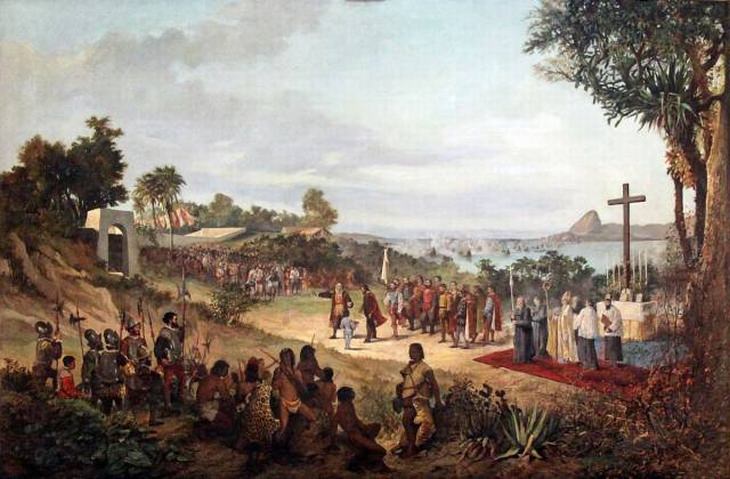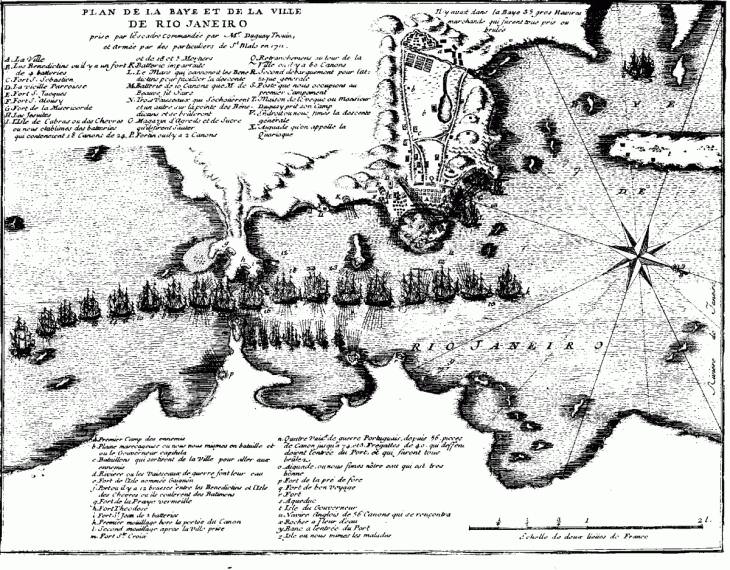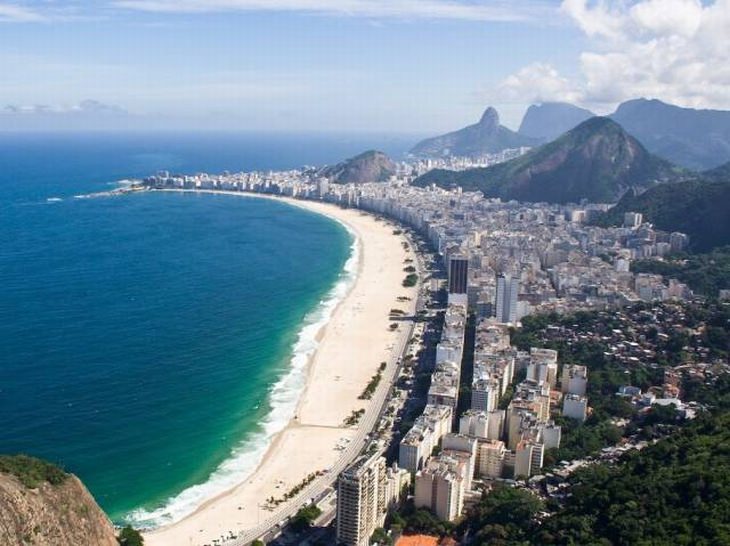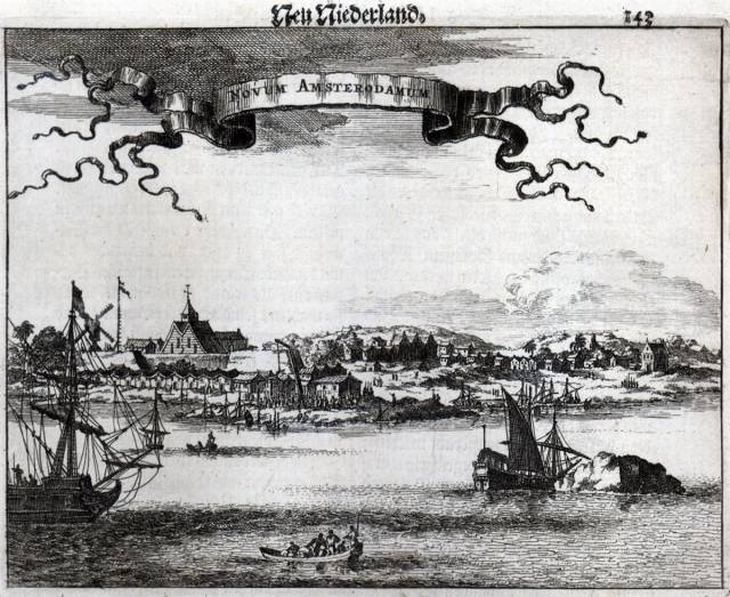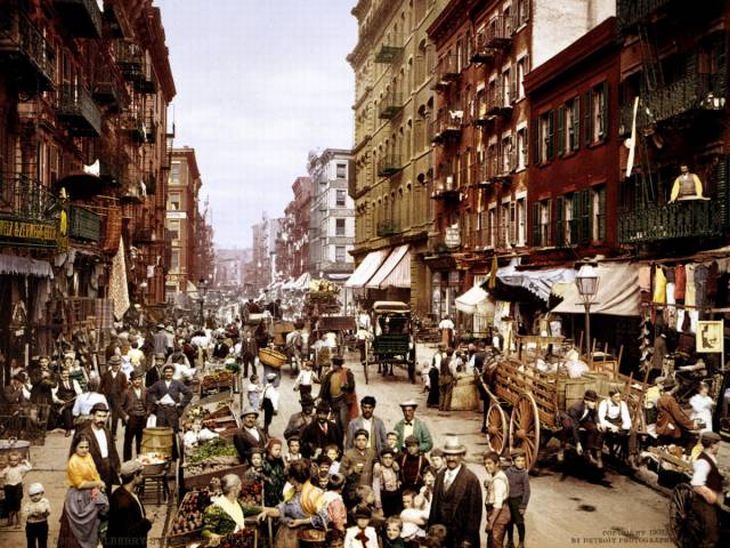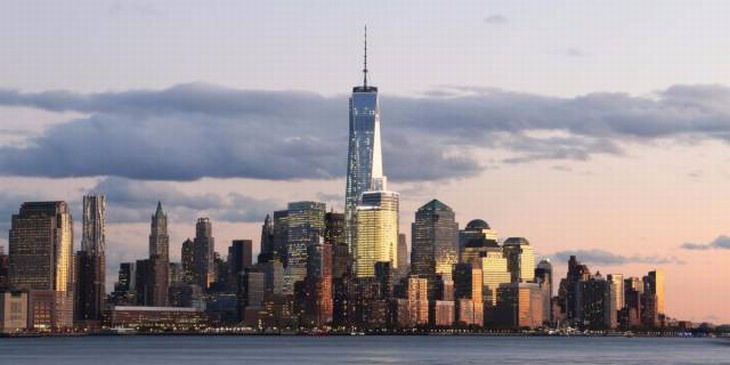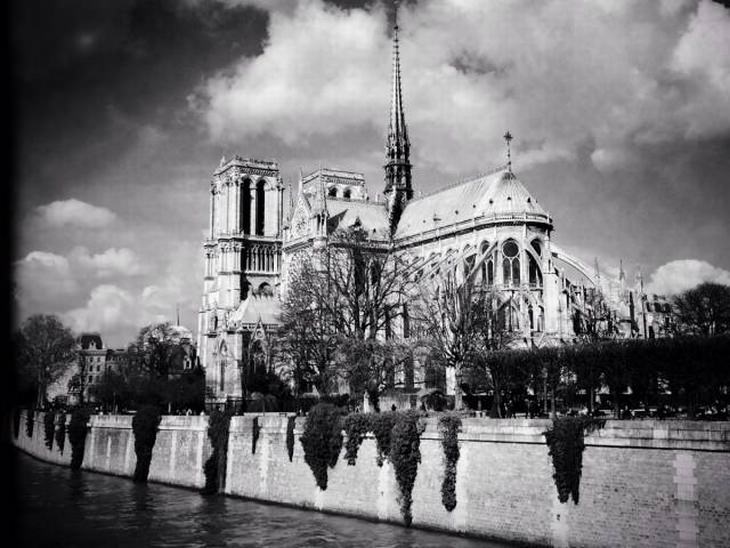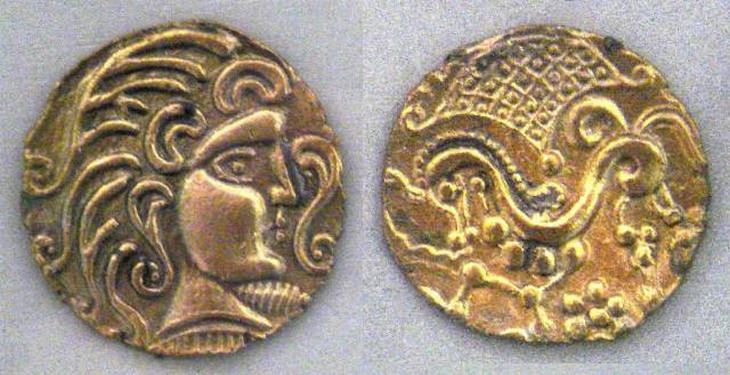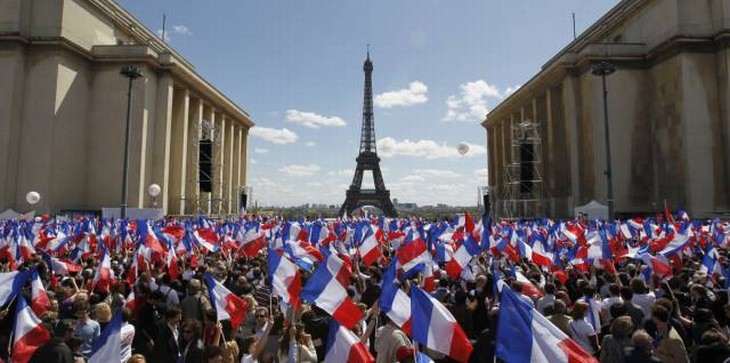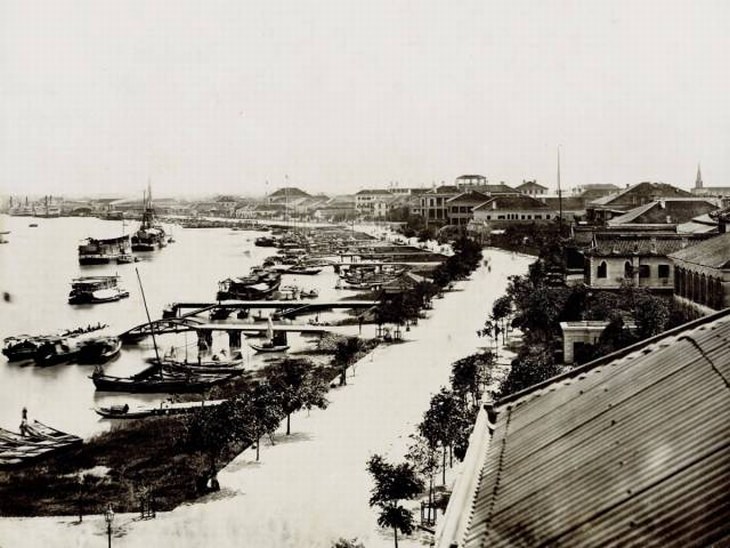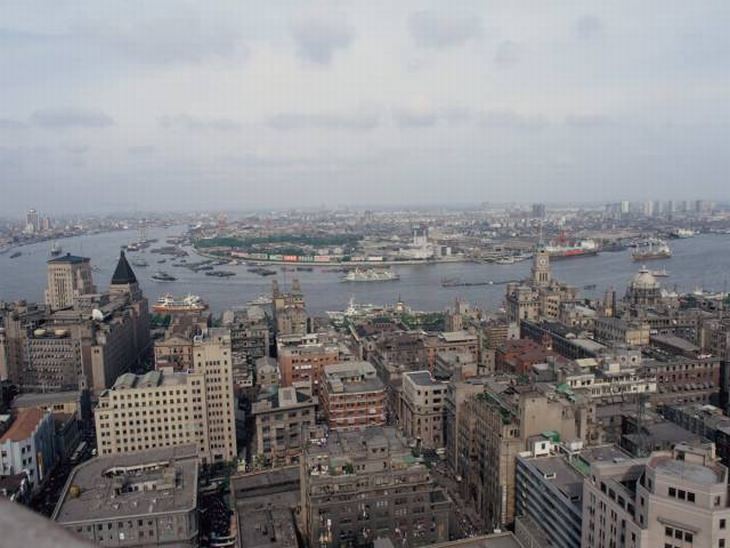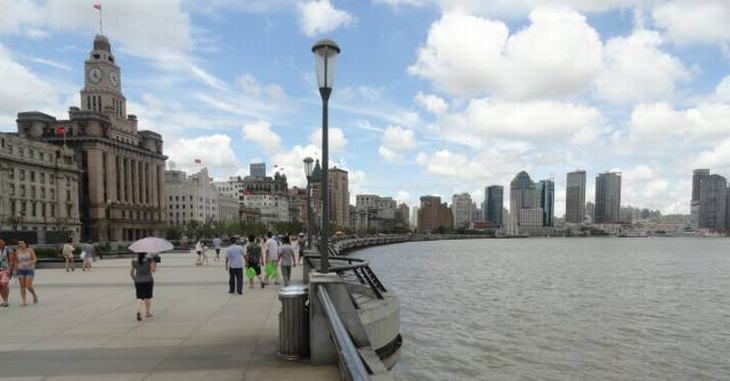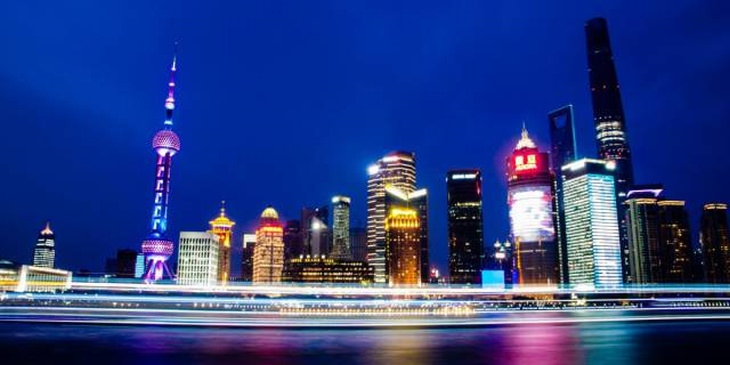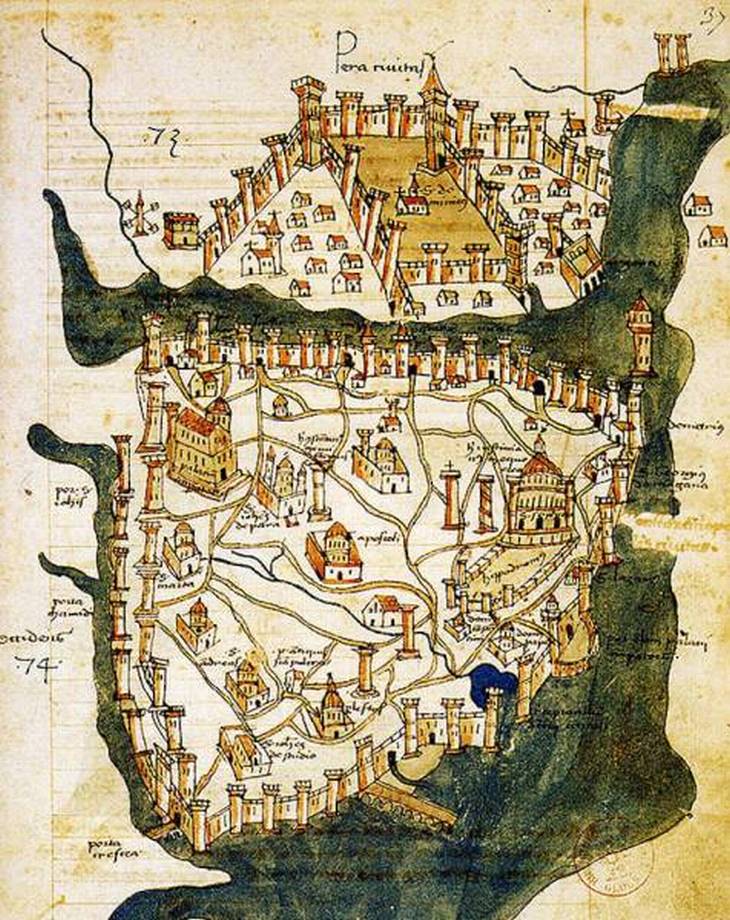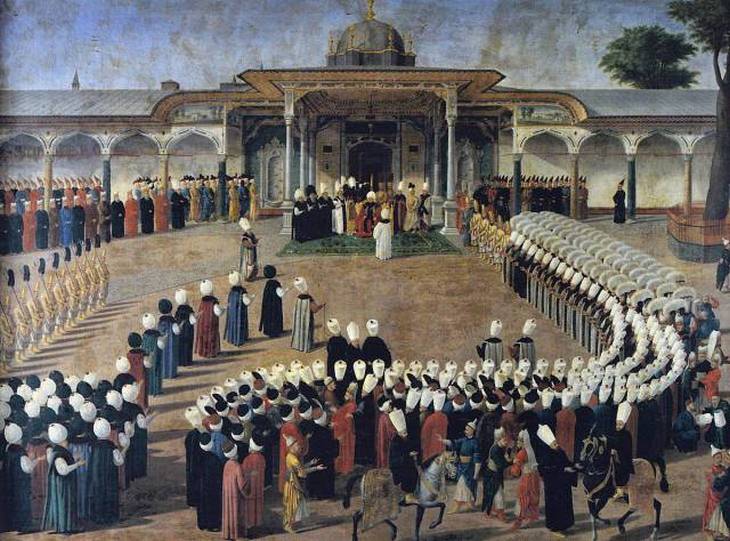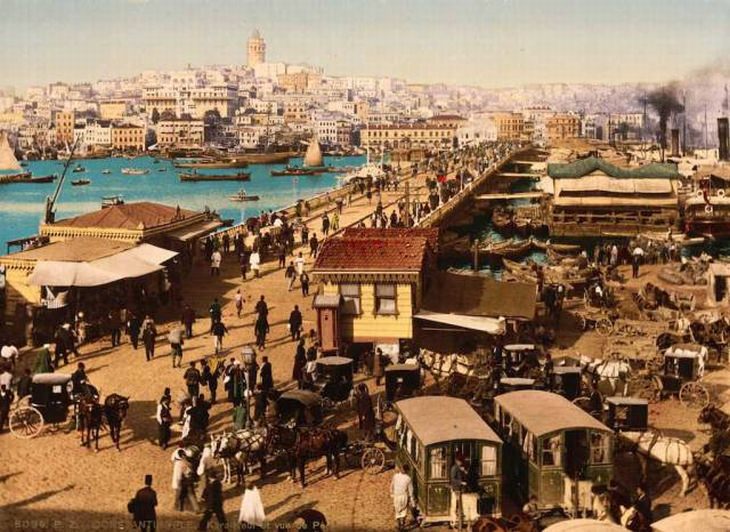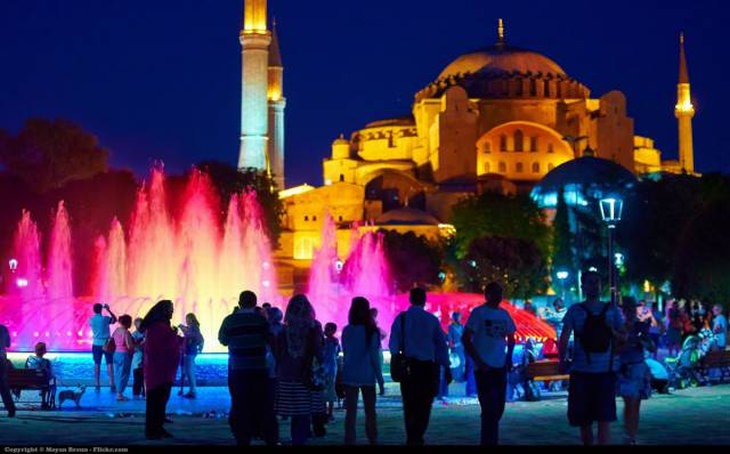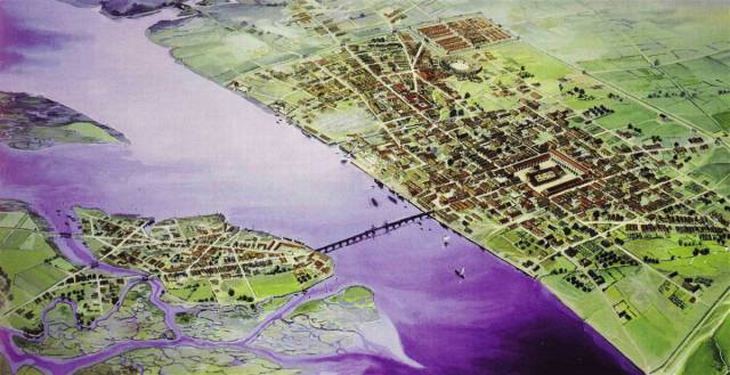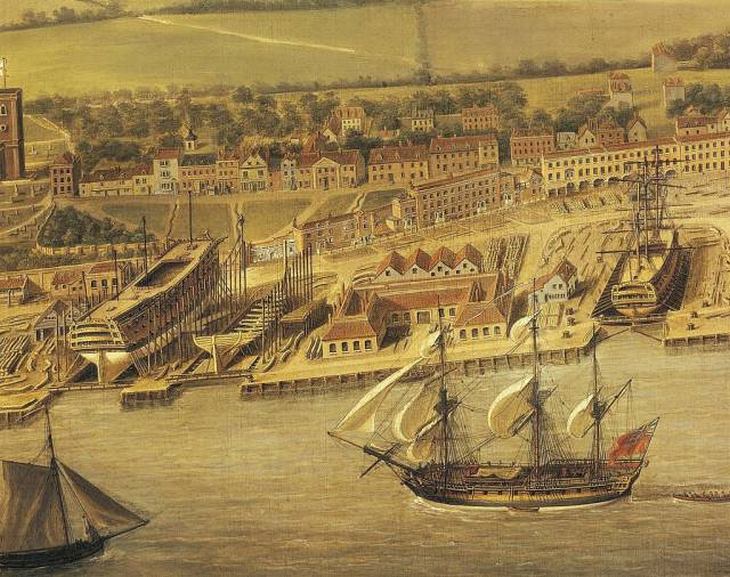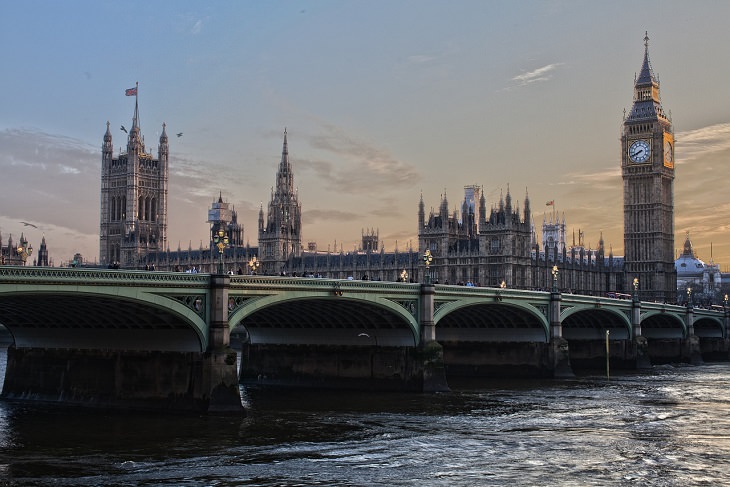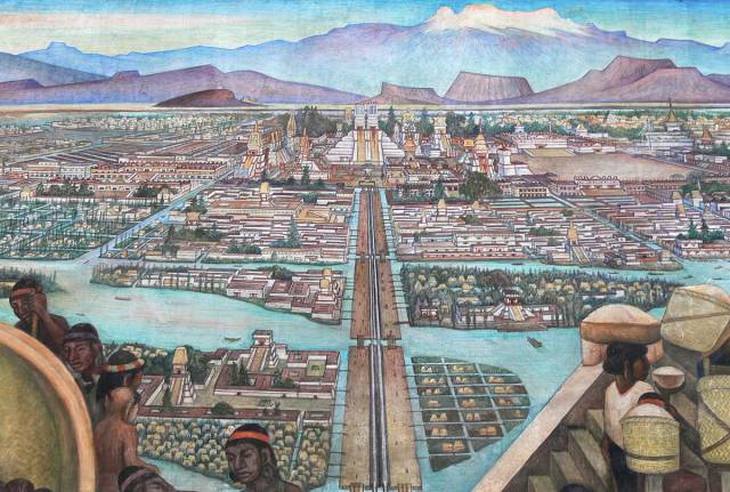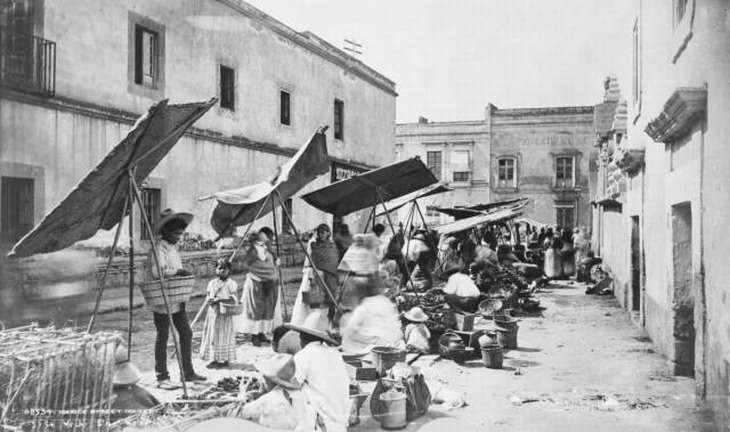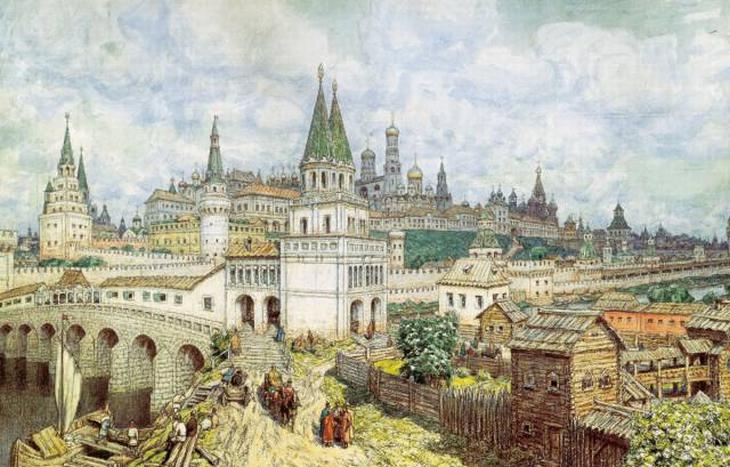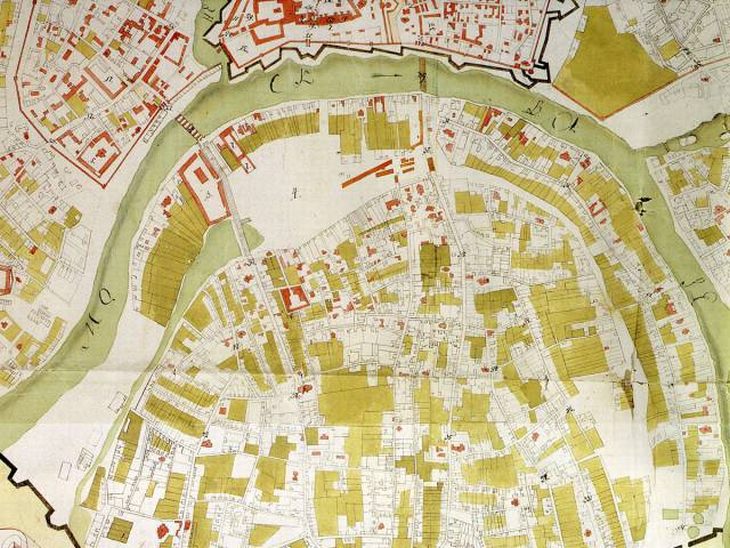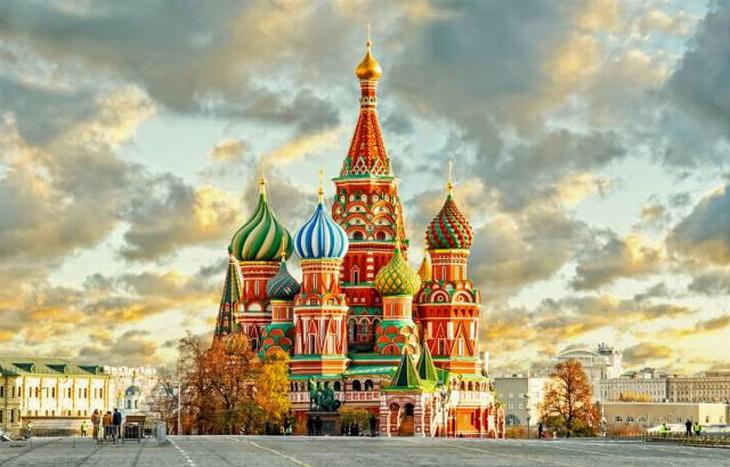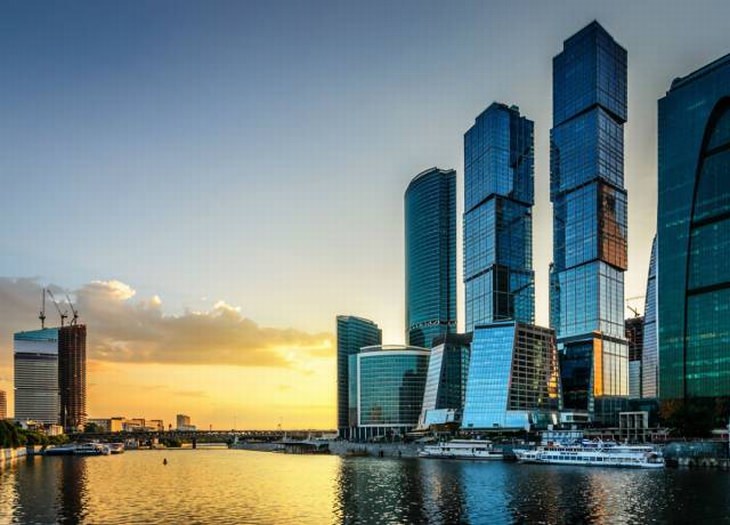1. Rio de Janeiro
Rio de Janeiro was founded in 1565 by Portuguese colonists.
One of the main draws was Guanabara Bay, which is Brazil’s second-largest.
In a mere 150 years, the city had grown substantially.
Today, it’s widely considered to be one of the world’s most picturesque cities.
2. New York City
When it was founded by Dutch settlers in the early 17th Century, New York was actually called New Amsterdam. It was renamed New York in 1664.
Between 1870 and 1915, New York’s population trebled, ballooning to 5 million residents. The photo below, taken in 1900, depicts Italian immigrants crowding Mulberry Street on the Lower East Side.
To handle this huge influx of people, the city’s authorities went on an infrastructure building spree. This is the Manhattan Bridge, pictured under construction in 1909.
More than 8.5 million people live in the city’s five boroughs – The Bronx, Queens, Manhattan, Brooklyn and Staten Island – today.
3. Paris
Paris, originally known as Lutetia, was first settled by the Parisii, a Celtic tribe that arrived in 250 BC. They inhabited the Ile de la Cite, which is where the world-famous Notre Dame cathedral now lies.
If you happen to visit the Metropolitan Museum of Art in the city, you’re likely to come across some of these ornate gold coins, which the Parisii used as their currency.
This painting was created during the early 1400s, by which time Paris was already one of Europe’s largest cities. The Palais de la Cite no longer exists, now occupied by the building of the Palais de Justice, however a few small remnants can still be seen.
Nowadays, Paris is one of the greatest cultural and political capitals on the face of the earth.
4. Shanghai
Shanghai has been a settlement since the 8th Century, but it started its road to becoming a global trading and financial hub during the 1930s. This is the Bund, the city’s world-famous walkway, pictured in the 1800s.
These dilapidated buildings were pictured just 30 years ago in 1987. On the other side of the Huangpu River, you can see Pudong – the city’s financial center. It was almost completely empty not so long ago.
This is the Bund pictured in recent times. It now receives almost 1 million visitors per day.
And this is what Pudong looks like, minus a couple of the more recent and even larger skyscrapers, today.
5. Istanbul
Istanbul started life as a Greek colony called Byzantium, then later became the seat of the Byzantine Empire, named Constantinople after Roman Emperor Constantine the Great, prior to its capture by the Ottomans in 1453, after which time it became known as Istanbul (a corruption of Constantinople).
The Ottomans quickly proceeded in transforming the important city from a hub of Christianity into a symbol of Islamic culture, with ornate mosques springing up all over the place.
During the 19th Century, the city began to expand northward, giving rise to Istanbul’s commercial center near the Galata Bridge. The latter has been rebuilt five times in the past five centuries.
The Hagia Sophia, pictured, has been one of Istanbul’s defining buildings for almost 1,500 years.
6. London
Originally called Londinium, London was founded by the Romans in 43AD. The illustration below depicts the very first bridge built over the River Thames.
London was the largest port in England by the 11th Century.
The years 1665 and 1666 were terrible for Londoners. A quarter of them (some 100,000) were killed by the Great Plague in the space of just 18 months, and the Great Fire of London also broke out, destroying more than 70,000 homes.
Those disasters haven’t stopped the city from becoming the global metropolis that it is today.
7. Mexico City
Mexico City was once the seat of the mighty Aztec Empire, and was called Tenochtitlan. It was first founded in 1325. Spanish conquistador, Hernan Cortes, conquered it in 1521. After that point in history, the city was renamed Mexico City.
The reconstruction of the city following the Siege of Tenochtitlan involved configuring it around a grid system. Modern infrastructure began to develop in the 19th Century, with roads, schools, and public transport proliferating in mainly affluent areas of the city.
Mexico City began its journey toward becoming the sprawling megacity it is today during the 1950s, when its first skyscraper, the Torre Latinoamericana, was constructed.
More than 8.9 million people call Mexico City home today.

8. Moscow
Moscow was founded in the 12th Century. The Tsars, or Slavic monarchs, ruled by the time the 17th Century began.
The city’s name is derived from the Moskva River, which it grew up around.
St. Basil’s Cathedral, Moscow’s most recognizable building, was completed in 1561. It has no architectural analogs before or since, making it completely unique.
21st Century Moscow is represented by the most cutting-edge of buildings. Take a look at these skyscrapers along the Moskva River.

